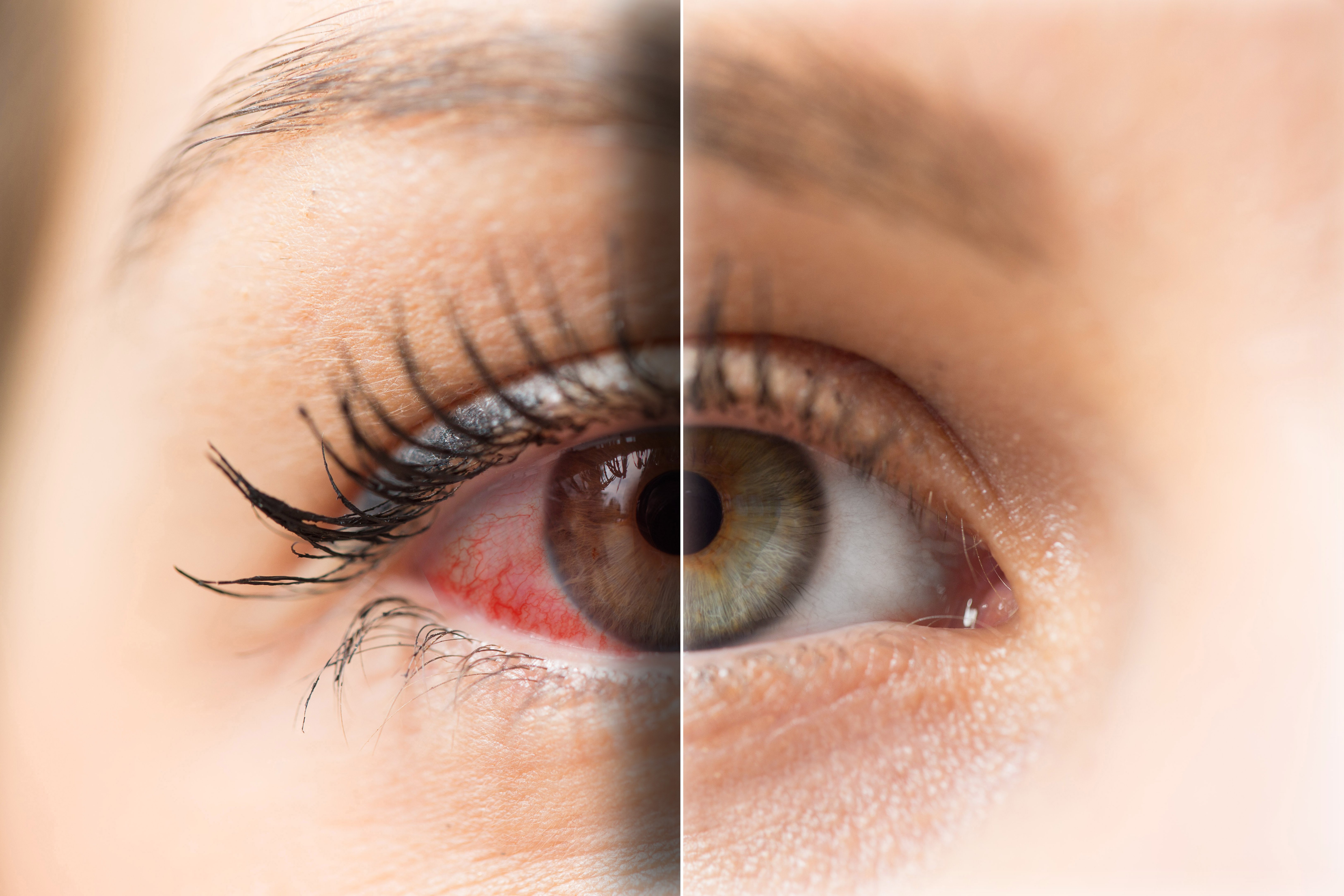
Dry eye, a very uncomfortable disease, is one of the most common eye conditions among Americans. There are several treatments available for managing it, but the challenge is finding the best option that works for you.
One treatment that is FDA-approved for dry eye therapy is Lipiflow®. Lipiflow can provide a long-term solution for people who have been living with dry eye syndrome.
What is Lipiflow? Are you a candidate for Lipiflow? These are some questions that you might have. Here is what to expect from a Lipiflow procedure.
What Is Lipiflow For?
Dry eye is a condition that occurs when your eyes tear film does not work correctly. One indication is a common dry eye condition, evaporative dry eye. Lipiflow is ideal for treating evaporative dry eye.
Another sign is when the eyes fail to produce enough tears or make poor-quality tear film. If left untreated, poor tear film production can damage and cause inflammation of the eyes. Inflammation and damage to the eyes can lead to other vision issues.
Evaporative Dry Eye
Dry eye presents as two main types: aqueous deficient dry eye and evaporative dry eye. The latter results from the quick evaporation of your tear film. The tear film evaporates quickly because it is of poor quality. The tear film comprises three layers: the mucin, aqueous, and lipid layers. The tears evaporate quickly when the meibomian glands do not produce the lipid layer.
Evaporative dry eye is arguably the most prevalent form of dry eye. It is also the only type of dry eye that Lipiflow can treat.
Lipiflow and Dry Eye
Other treatments for dry eyes, like eye drops, work by adding to the tears in the eyes. Lipiflow works by focusing on the oils built up in the meibomian glands, blocking them. Lipiflow helps restore the function of the meibomian glands.
What Is the Process of Lipiflow?
Lipiflow employs activators that are placed over the lower and upper eyelids. The activators are single-use and sterile for hygiene. They utilize gentle pressure and warmth that break up the blockages in the glands. When this is achieved, the glands function correctly, the lipid layer of the tear film recovers, and the dry eye disappears.
What Happens During a Treatment?
First, the eye doctor will numb your eyes using eye drops
The eye doctor will clean the eyelids of any dirt that might be stuck on them
The activators will then be attached. When the procedure starts, you should feel gentle pressure and slight warmth on your eyelids
The treatment is administered in two cycles of six minutes each. First is the warming phase, then varied pulsations followed by constant pressure
When you have had your treatment, the results should begin to show four to six weeks later. Usually, the eye doctor will ask for a follow-up appointment to check on progress.
For more on what to expect from a Lipiflow procedure, visit Eye Center of Virginia at our office in Williamsburg, Virginia. You can also call (757) 919-3500 to book an appointment today.













